How to store grain at home, without loss or reduction in quality

Often used in everyday life rye, oats, wheat, corn... It is used for cooking, because homemade bread is much tastier, and there are much more benefits from it, in addition, you can select and combine all the necessary ingredients and be completely confident in the quality of the prepared products.
And some use it for medicinal purposes or feed it to their pets. But purchased raw materials, no matter how much they were purchased, need to be stored.
Content:
Organizing grain storage at home
Storing grain seeds is a very complex and time-consuming process. In order for raw materials to withstand a sufficiently long period of time, its humidity must correspond to certain parameters. In other words, it must be thoroughly dried before storing. Otherwise it may cake. Most often this happens with corn.
If it is not dried well enough, it begins to warm up and burn. Even low temperatures do not interfere with this process. Sunflower shows itself in the same way.
If you store it in tightly closed containers, you need to constantly monitor whether the caking process has begun, whether it has gotten wet, or whether it has begun to germinate?
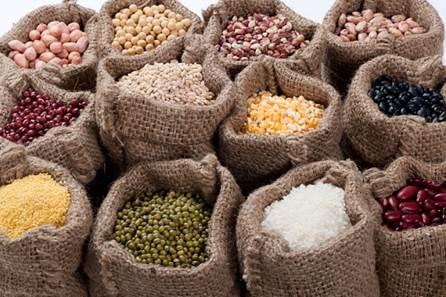
The most common container intended for this purpose can be called bags from fabric. But this method has some inconveniences: the grains easily spill out, crumble, and abrasions appear on the fabric after a certain period of time. The bag is not convenient to place in a city apartment. This storage method is not aesthetically pleasing.
This problem can be solved in different ways. Quite convenient and aesthetically effective - storage in a three-chamber container with glass doors. In addition, the container can be used as a stand for home mills.
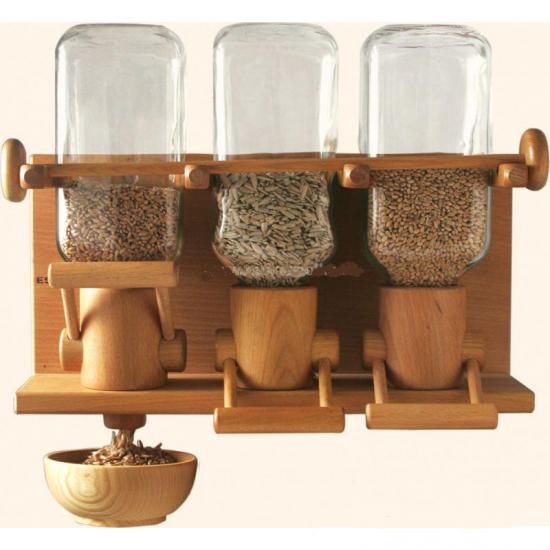
Such a storage facility can hold more than ten kilograms of raw materials. Large amounts of supplies can be stored in the pantry.
Sometimes special bags are used in which bulk products can be stored. They are usually mounted on the wall. Open from the bottom. This design makes it easy to pour grain.
Methods for storing feed grains
At home
To store large volumes of grain intended for poultry: chickens, ducks, geese, you can use special rooms, the walls of which are lined with iron on the inside and the floors are concrete. In such premises it is stored in bulk. The grain heap must be systematically inspected, checking humidity and the presence of insects.
If there is not much grain, it is stored in special boxes - lockers. You can make a similar container for storing grain with your own hands using boards and timber. The outside must be lined with tin, and the top of the box must be covered with a lid, this will help protect the grain from both mice and larger rodents.
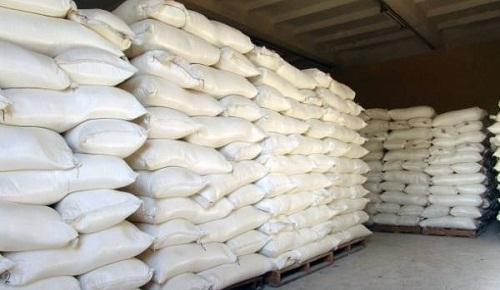
A box constructed for storage must be installed on stands so that the grain at its bottom does not attract moisture.
Before loading for storage, it is necessary to carry out disinfection measures. This is done to destroy mold spores and insects, which may start.
In addition, grain is often stored in barrels or bags.
When stored in bags, they should not be stacked in more than 15 rows.
But with any storage method, it should be in a closed, well-ventilated area. Because when wet it becomes sour, which makes it unsuitable for either humans or animals.
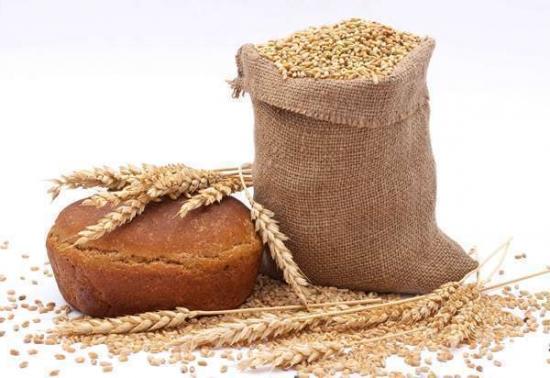
Raw materials for food and household purposes can be stored for up to 6 years, but those intended for planting cannot be stored for more than 14 months.
On an industrial scale
There are two main ways to store grain crops:
- in bags;
- in bulk.
Bulk is stored in special rooms, in elevators. When stored in bags high-quality warehouses are needed.
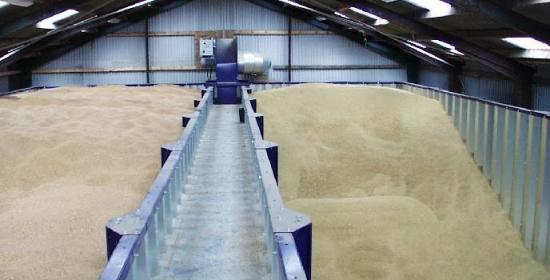
In addition, grain seeds belonging to elite varieties are most often stored in bags. Sometimes raw materials are put into bags for transportation. During bulk storage, the process of selecting and rejecting low-quality raw materials is facilitated. This method allows you to save on purchasing consumables such as bags.
How to store grain for germination
Grains intended for germination cannot be subjected to heat treatment - steaming, frying, drying. These manipulations help extend shelf life croup, while depriving them of most of their beneficial properties.
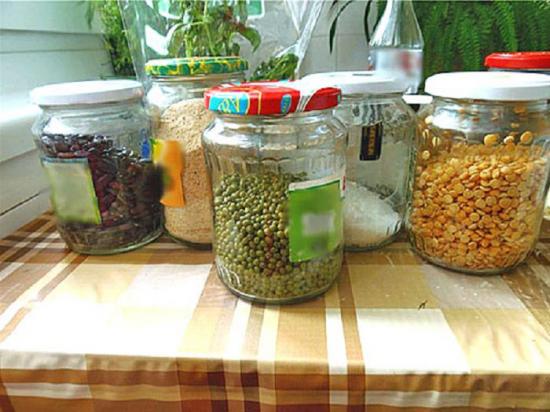
Grains that have not been processed under the influence of high temperatures retain the full range of beneficial properties inherent in nature.The highest concentration of vitamins and microelements is observed during the period germination.
During this process, in just 2-5 days they become a small biosystem, which contains enormous potential that has a positive effect on human health.
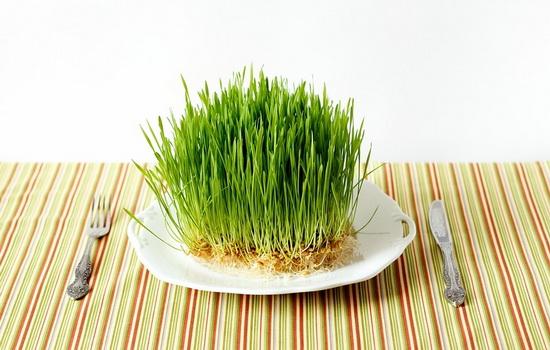
Grain intended for germination should be stored in dry glass jars, which must be covered with cloth or gauze to provide access to oxygen, or in canvas bags.
Watch the video, it will help you avoid mistakes when organizing grain storage at home:

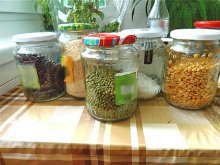



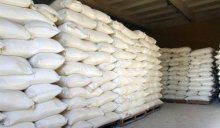

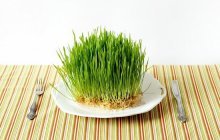




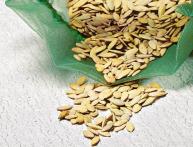



Comments
We store grain exclusively in canvas bags. Moreover, the bags are not large, for example 50 and 25 kilograms, since they are difficult to carry. We buy bags of 10 and 5 kg. They are very, very comfortable.